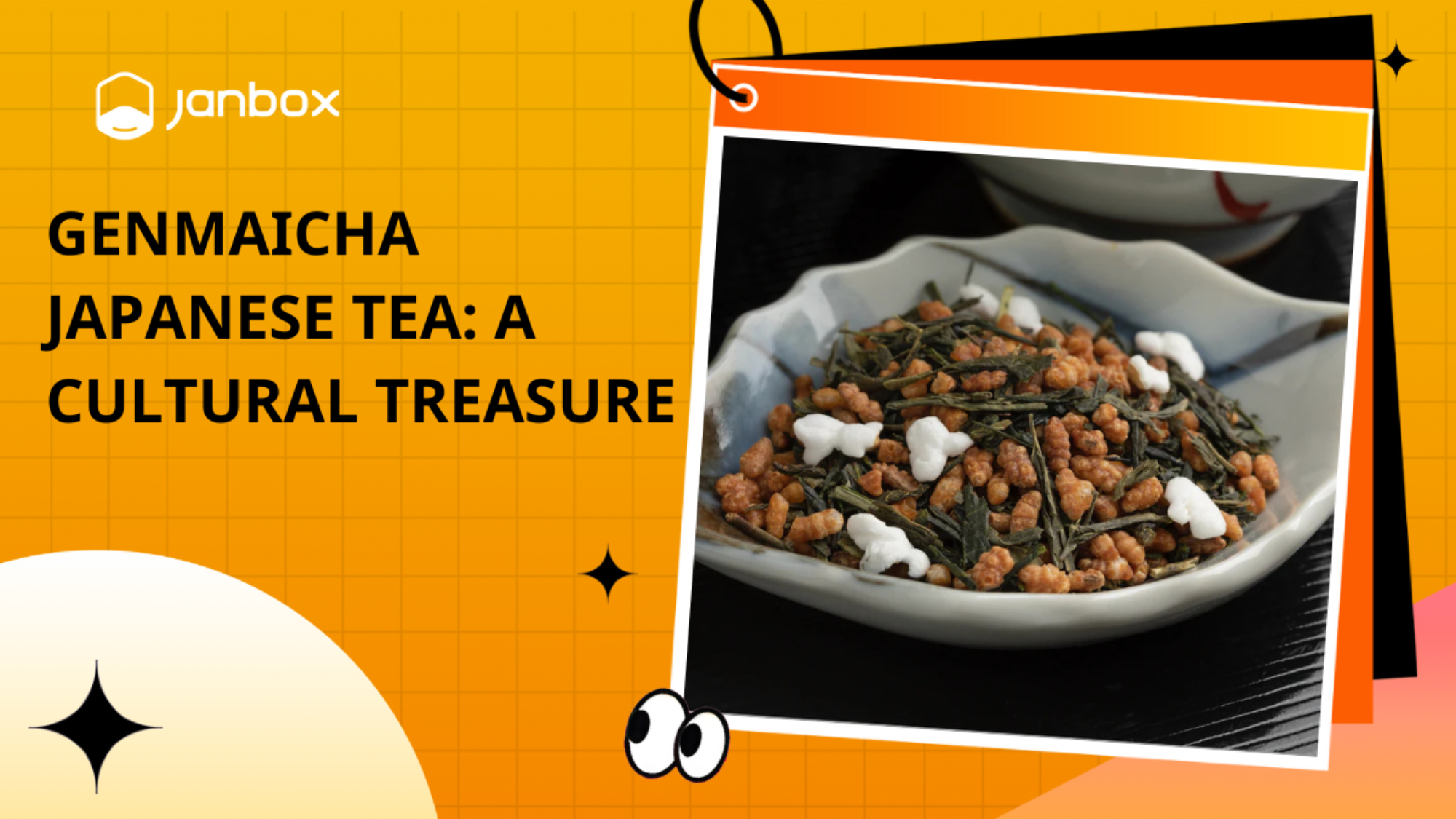Mirin is a culinary gem that can transform ordinary dishes into extraordinary culinary experiences. But what exactly is mirin, and how can you unlock its full potential? In this blog, we’ll guide you through the world of mirin, exploring its origins, flavor profile, and five creative ways to use it in both traditional and modern cuisine.
1. What Is Mirin?
Mirin is a Japanese rice wine with a mild sweetness and a flavor profile like sake, but it has a lower alcohol content of 8% to 14% ABV. Mirin’s bold umami flavor makes it a go-to ingredient in teriyaki sauce and other Asian marinades. Its sugar content also helps to give sauces and glazes a smooth, glossy finish once warmed.
The creation of mirin involves fermenting a blend of koji (fermented rice), steamed glutinous mochi rice, and shochu (sweet potato alcohol) or distilled rice liquor. The fermentation process can take anywhere from two months to several years, producing a sweet, tangy flavor. Once opened, mirin can be preserved in a cool, dark pantry or the fridge for a period of six months.
Hon-mirin, the original form of mirin, was first crafted during the 16th century in Japan and was a luxury item at the time. It became widely used by the early 1900s, especially in fish dishes made with soy sauce and fish stock, and as a dipping sauce for soba noodles.
When picking up mirin, consider these three varieties, as each provides a distinctive depth of flavor to your dishes:
- Hon-mirin: Referred to as “real” or “true mirin,” this classic version has a 14 percent alcohol level and is entirely salt-free.
- Aji-mirin: The most commercially accessible mirin, it has added corn syrup for extra sweetness and a lower alcohol content. It’s available at most local grocery stores, with Kikkoman being a common brand on the shelves.
- Shio-mirin: Known as “salt mirin,” shio-mirin offers what hon-mirin doesn’t, containing roughly 1.5 percent salt, which is added during fermentation. The result is a sweet-salty flavor. (Unlike other mirins that can be drunk, shio-mirin is ideal for cooking recipes.)
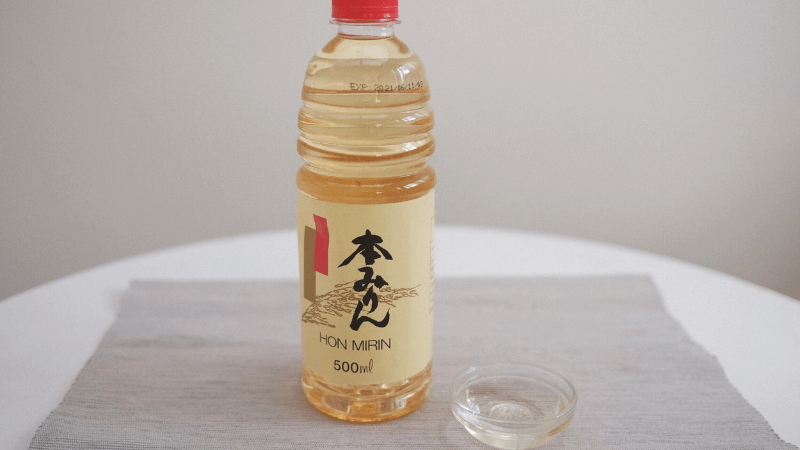
2. Types of Soy Sauce
You might be thinking, why shift the focus to soy sauce types when we’re really talking about mirin?
Mirin is widely used in Japanese kitchens, and it pairs wonderfully with soy sauce. It’s a go-to ingredient for making dipping sauces to accompany dishes like noodles, sashimi, tonkatsu, and tempura.
Mirin’s sweetness also makes it perfect for creating marinades, sauces, and glazes. In Japanese cuisine, it’s commonly used for making the ‘teri’ glaze, as seen in teriyaki dishes. For Teriyaki Salmon Kebabs, a homemade sauce coats the skewered fish and veggies in a sweet, sticky glaze, leaving some extra for dipping.
Another example is that mirin, rice vinegar, and soy sauce can come together in the Pork and Noodle Stir-Fry to create a rich, glossy sauce that beautifully coats the Chinese noodles.
Hopefully, you now have a better idea of how mirin elevates soy sauce. Here are some of the top soy sauces that go well with mirin.
2.1 Dark Soy Sauce (Koikuchi)
Koikuchi soy sauce, which represents over 80% of the soy sauce market in Japan, originates from the Kanto region and is now popular worldwide. Made with equal parts soybeans and wheat, it boasts a rich umami flavor with a salty profile. It’s an indispensable all-purpose soy sauce in any Japanese kitchen.
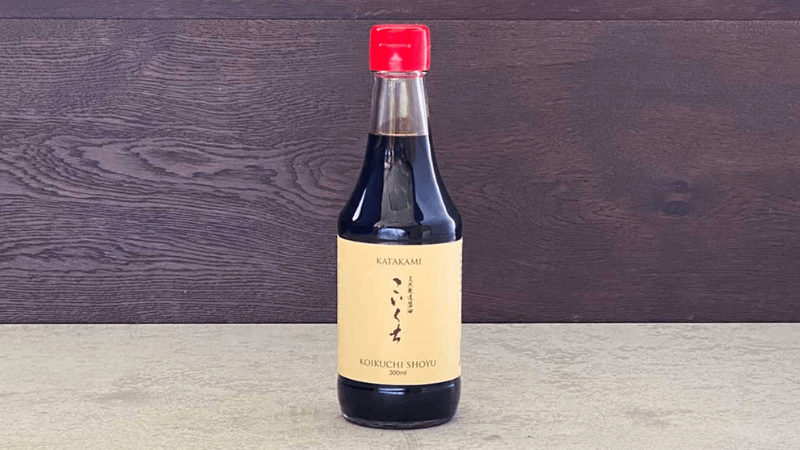
2.2 Light Soy Sauce (Usukuchi)
Usukuchi, a lighter-colored soy sauce that represents 10-15% of all soy sauce in Japan, is saltier and less fermented than koikuchi. It originated in the Kansai region and is best used for dishes that require a softer, more refined umami flavor, particularly Kansai-style recipes.
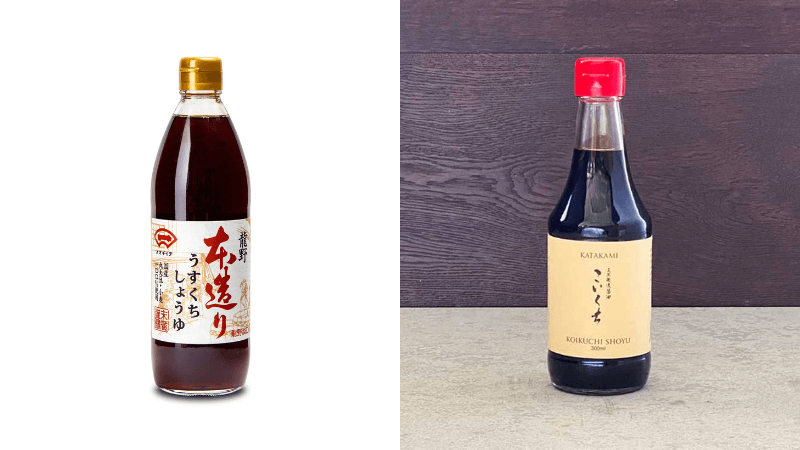
>>> See more: What Is Miso Japanese: A Complete Guide to Types and Uses
2.3 Tamari Soy Sauce
Tamari, a darker soy sauce from the Chubu region, is the variety that most faithfully follows the original recipe that came to Japan in the 7th century. Being wheat-free, it has a deep umami flavor that compliments sashimi, sushi, senbei, and various grilled dishes.
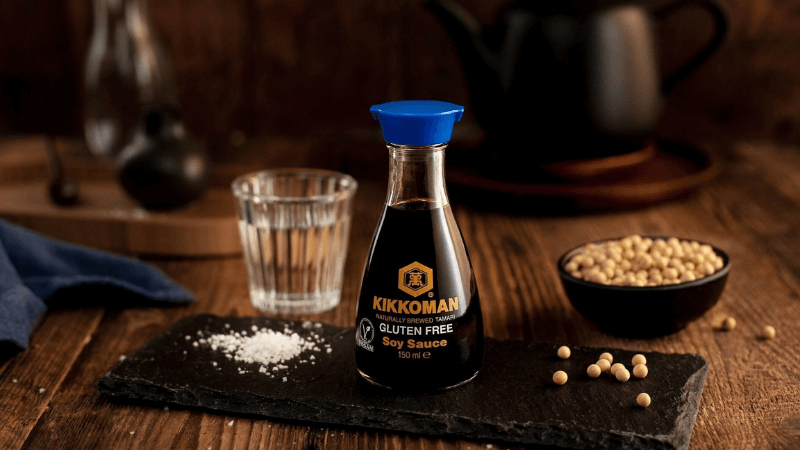
2.4 White Soy Sauce (Shiro Shoyu)
This soy sauce, which is light in color like dashi or tsuyu, is brewed mainly from wheat, with only a small portion of soybean. It has a mild, sweet flavor, and its light hue makes it perfect for dishes like pale soups and chawanmushi, where the flavor of soy sauce is wanted but the color should stay light.
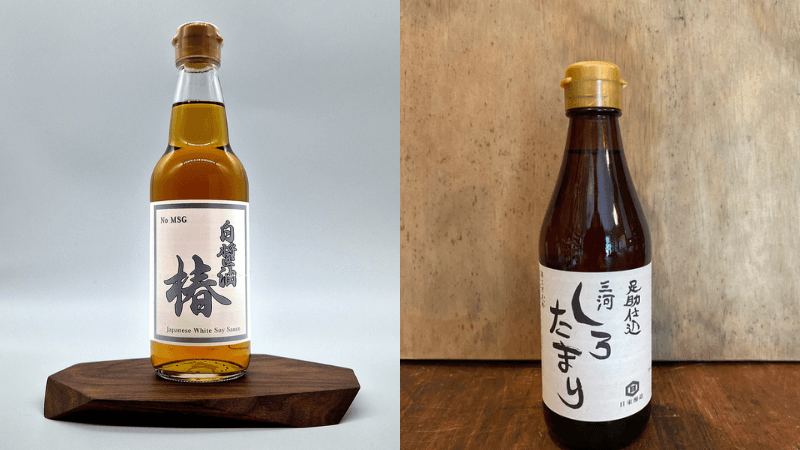
2.5 Reduced Salt Soy Sauce (Genen Shoyu)
A relatively new product, reduced salt soy sauces are created by fermenting koikuchi soy sauce through a special process that reduces the salt content by about 50% while maintaining the flavor. These soy sauces are aimed at health-conscious consumers and can be used the same way as regular koikuchi soy sauce.
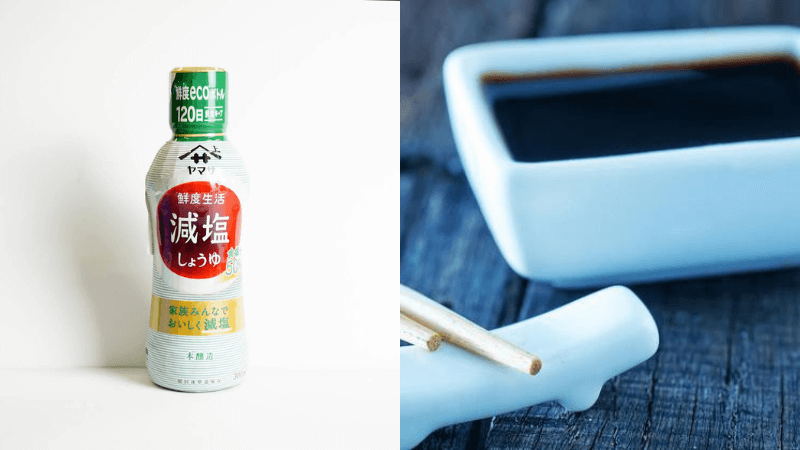
2.6 Whole Bean Soy Sauce (Marudaizu Shoyu)
While other soy sauces use a combination of whole and defatted soybeans, marudaizu soy sauces are made exclusively from whole soybeans. These offer a softer yet deeper flavor than standard koikuchi soy sauces and are typically more costly. They are best used as a condiment for sashimi or sushi.
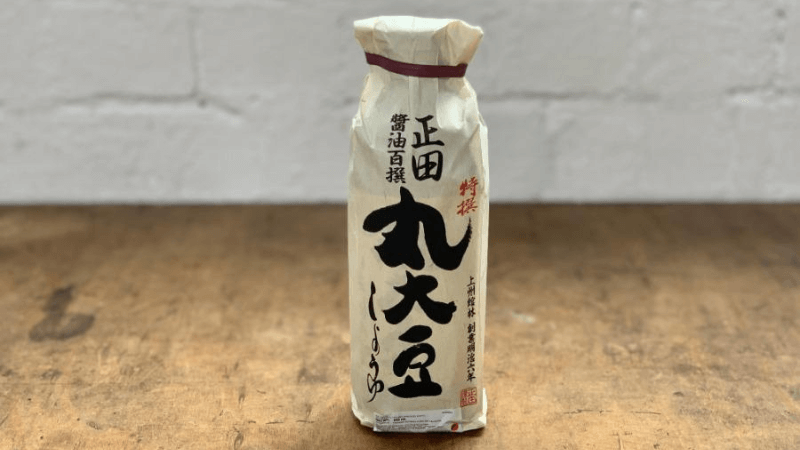
>>> See more: Sake And Famous Japanese Sake Brands You Should Know
3. 5 Creative Ways to Use Mirin in Cooking
Whether you’re a seasoned chef or a home cook, mirin is a versatile ingredient that can add depth and complexity to your culinary creations. Below are 5 creative ways to use mirin sauce in your cooking in case you’re not sure “what is mirin sauce’s good combination?”, empowering you to create delicious and unforgettable dishes with this Japanese pantry staple.
3.1 Use Mirin to Steam Your Dishes
Shrimp, crab, and various fish are often steamed with water and sometimes a splash of white cooking wine. How about steaming them with mirin for a twist? Incorporate mirin into fish stock for a soft, sweet flavor, and complement it with ginger lime, or soy sauce for an extra layer of taste.
Steaming vegetables with mirin is also a great way to infuse them with flavor, and after cooking, you can reduce the liquid into a rich sauce. A bamboo steamer can add an extra dimension to the overall dish.

3.2 Create Fusion Meatballs Using Mirin
Combine ½ cup of mirin, 1 tablespoon of soy sauce, minced garlic, and dried ginger. Mix thoroughly into ground meat before shaping it into meatballs. For a fun and flavorful variation of the classic dish, enjoy the meatballs with soba noodles.

3.3 Create a Savory Umami Sauce to Pair with Sushi
Are you looking to get more adventurous with your sushi dipping sauces? Combine mirin with soy sauce, sesame oil, wasabi, ginger, and chili pepper flakes, or any other ingredients that might pair well together to create something special.
Feel free to try unexpected combos like mirin and cinnamon. By experimenting with different pantry ingredients, you’re sure to come up with fantastic and innovative mirin sauce ideas.

3.4 Prepare Grilled Fish Using Mirin Boshi
Grilled mackerel with mirin boshi is a staple in Japanese cuisine. This marinade, made with Japanese sauce mirin, soy sauce, salt, ginger, and sesame seeds, adds a soft sweetness that highlights the flavor of the fish without overpowering it.

3.5 Add a Sake-Mirin Butter Topping to Your Steaks
Beef tenderloins and other high-quality cuts are commonly served with garlic butter for extra flavor. Once you experience the rich flavor of sake-mirin butter on your steak, you may never enjoy it any other way. To prepare, gently saute minced garlic in olive oil and finish by adding four tablespoons of unsalted butter.
As the butter melts, stir in 1 tablespoon of mirin and 2 tablespoons of sake. Season with pepper and salt, and pour the delicious mixture over your steaks!

>>> See more: Japanese Tofu – The unique feature of Japanese cuisine
4. Conclusion
In summary, mirin is a testament to the power of simple ingredients. Its ability to transform ordinary dishes into extraordinary culinary creations is a testament to its unique flavor profile and versatility. Whether you’re using it in marinades, sauces, or desserts, mirin is sure to impress. Check out Janbox now to discover a huge selection of mirin brands and order your favorite for home delivery.
Website: https://janbox.com
Email: [email protected]



